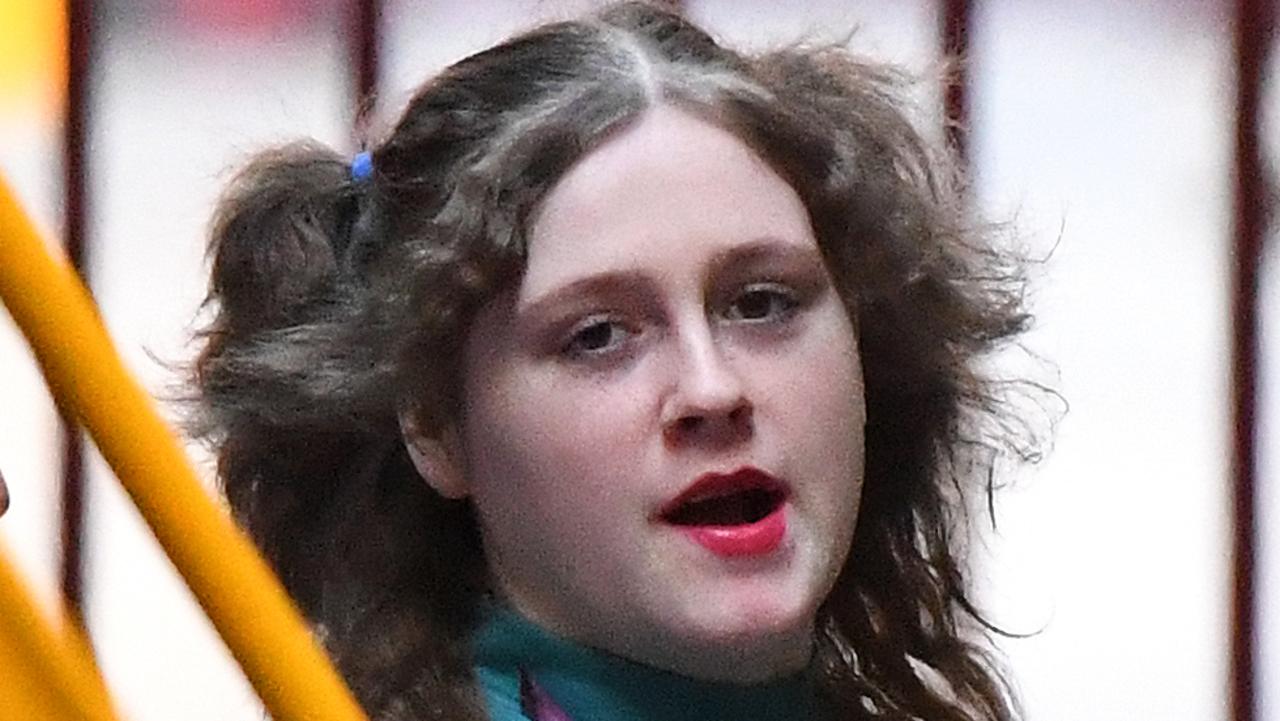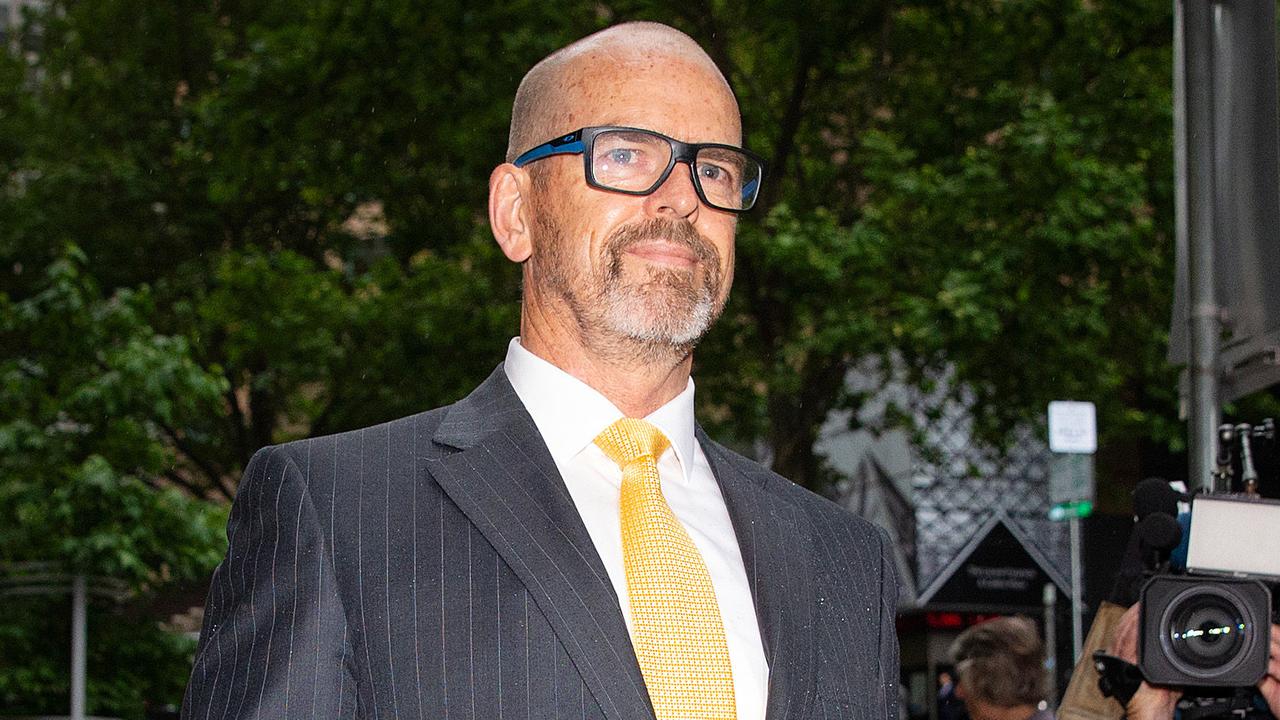Melbourne mafia: City shocked by 1960s market murders linked to Calabrian crime networks
THE death of gangland lawyer Joe Acquaro in a suspected bid to prevent him spilling mafia secrets isn’t the first time Italian crime networks have struck to protect their turf.

True Crime Scene
Don't miss out on the headlines from True Crime Scene. Followed categories will be added to My News.
- EXECUTED: Gangland lawyer knew too much
- GIRLFRIEND: Lover mourns soulmate with heart of gold
- ANDREW RULE: Rumours rage over lawyer’s death
- OVERSEAS LINK: Lawyer feared foreign hitman
- PRICE WAR: Greengrocer’s dispute bore deadly fruit
THE death of gangland lawyer Joe Acquaro in a suspected bid to prevent him spilling mafia secrets isn’t the first time Italian crime networks have struck to protect their turf.
This 1960s power struggle to control Melbourne’s Italian crime network turned bloody with three victims in close succession.
For more than 30 years, the Honoured Society had lurked beneath the surface of the Australian produce industry, dealing in violence, extortion and shady trade.
But in the early 1960s a struggle for power exposed the activities of this violent secret Calabrian crime network, with a series of murders, stabbings and “wolf shots” terrorising Melbourne.
A bloody fight for leadership began when godfather Domenico “The Pope” Italiano and his enforcer, Antonio “The Toad” Babara, died of natural causes within weeks of each other.
As the fight for the top job spilled blood on the streets of Melbourne, there was such a furore that Victoria Police called in the FBI.
They invited renowned FBI agent, John Cusack, to help unearth the activities of the secret criminal organisation.
The murders and attempted murder of three figures gave police most cause for concern.
And despite arrests being made, no convictions were ever recorded.
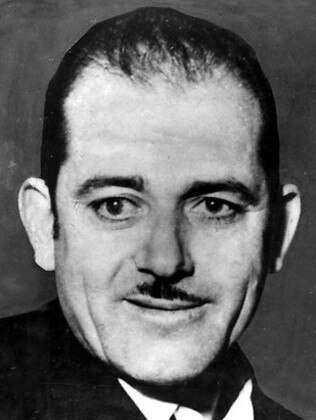
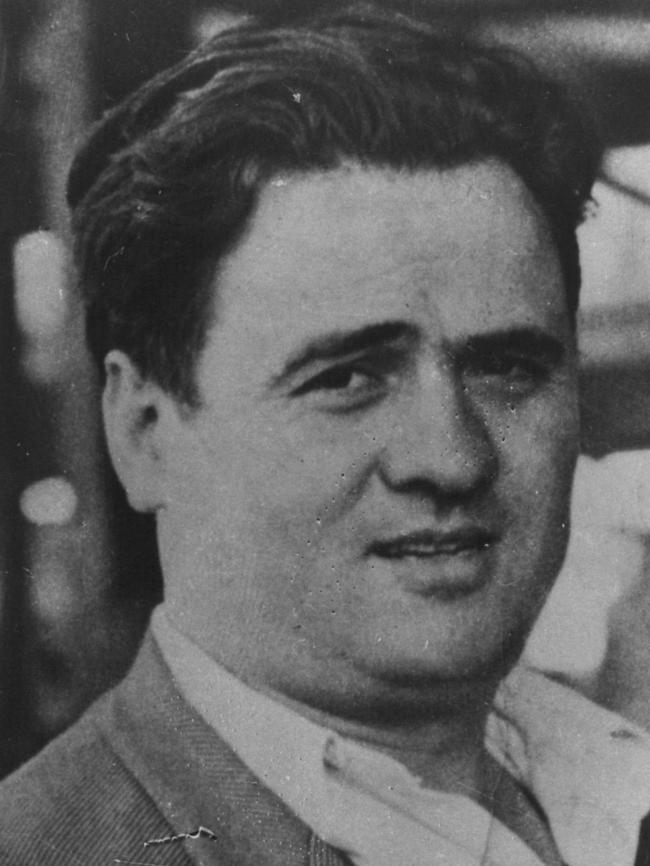

Vincenzo Angilletta was a fruit and veg dealer and was suspected of being one of Italiano’s standover men.
He was shot in the back of the head on April 4, 1963 as he was driving into his garage about 1.30am.
Homicide detectives concluded that his killer hid nearby, then shot him through the rear window with “lupara” (wolf shot) cartridges, used by Italian farmers to kill wolves.
The Society reserved this treatment for the “lowest of vermin”.
Under Italiano, L’Onorata Societa (Honoured Society) activities had been kept in-house, with only Italians targeted by their extortion racket.
But Angilletta had wanted to expand.
“He wanted everyone to pay: Italians, Australians and Greeks. If they didn’t pay, the windows of their shops would be smashed,” a Society source told The Sun newspaper in 1989.
But the Society elders rejected his plan, preferring to limit business to poor migrants from Calabria and Italy who were less likely to go to the authorities.

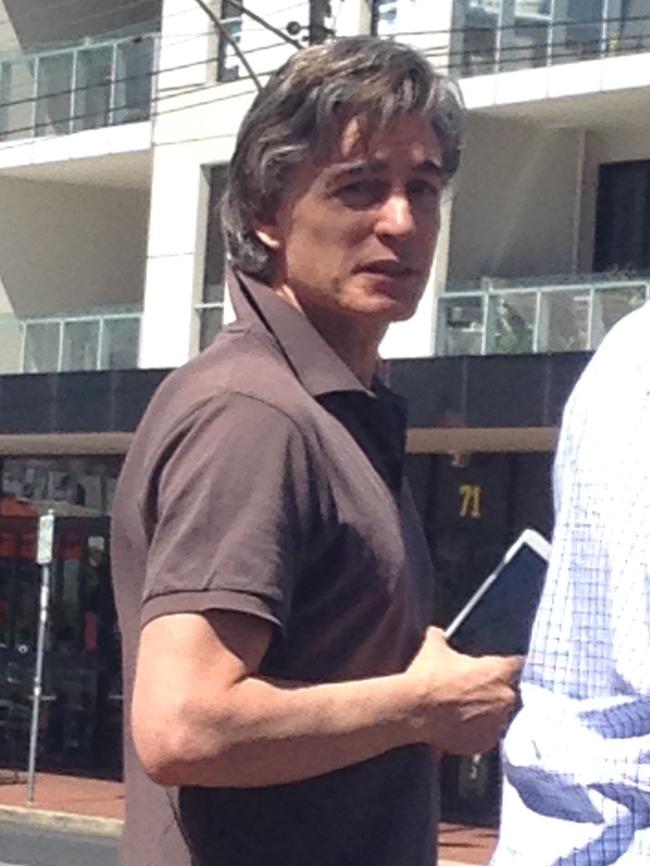

Angilletta responded by bypassing Society wholesalers and selling produce direct to the public.
Punishment was swift, and brutal.
He was stabbed, and later painted with human excrement as a ritualistic punishment called “il tartaro” for flaunting Society rules.
But that only spurred Angilletta to form a splinter faction called La Barstarda, and vow revenge.
Society elders, led by Domenico Demarte and Vincenzo Muratore, ordered the ultimate punishment.
But they in turn faced the wrath of their enemies. And only one of them would survive.
Publicly, Domenico Demarte was a market commission agent. Secretly, and for a very short time, he was the most powerful mob boss in the country.
After the death of Italiano, Demarte assumed the local leadership of L’Onorata Societa.
He was shot at as he left his home in Chapman St, North Melbourne on November 26, 1963.
The “lupara” attack left him seriously wounded and scarred him for life.


Adhering to the Calabrian mafia code of silence, Demarte told police nothing about the attack. He said that was an honest person “without an enemy in the world.”
Police suspected the killing of Angilletta had prompted the attack on Demarte.
While no one was ever charged with his murder, members of Angilletta faction held Demarte and Muratore responsible.

When Demarte became the Godfather-elect, Vincenzo Muratore rose to the position of “contabile” or “accountant”.
Being out of action for months after the shooting, Demarte was replaced by Liborio Benvenuto, the so-called “friendly godfather.”
Soon it was Muratore’s turn for mob-style justice.
On January 16, 1964, just three months after the shooting of Demarte, Muratore was shot dead as he was reversing his car from his driveway in Avondale St, Hampton.
He was hit by two “lupara” shots fired from a shotgun.
The first hit Muratore in the back, causing him to lose control of the car. The second hit him in the front as the car half-turned.
The inept gunman mistook a nearby car, which had its engine running, for the getaway car and leapt into the back seat.
The car belonged to David Greig, who was kissing his girlfriend Gillian Grace goodbye outside her house.
Mr Greig said he ordered the gunman to get out of his car — and luckily, the gunman left without attempting to eliminate two potential witnesses.
Soon after, another car pulled up next to Mr Greig’s. The gunman jumped into the car and it drove towards South St.

Mr Greig drove to the murder scene, where he saw Muratore slumped across the passenger side of the car.
Three men were charged over the Muratore and Demarte shootings, all of them related to Vincenzo Angilletta.
Carmello Arfuso, who was charged with Muratore’s murder, was Angilletta’s illegitimate son.
Angelo Demarte — no relation to Domenico Demarte — was his son-in-law, and Francesco Angilletta his nephew.
Arfuso was arrested and placed in a line up of 10 men at police headquarters.
While the witness Mr Greig was unable nominate the gunman, Gillan Grace was able to identify a man she thought had possibly shot Muratore.
But she was unable to positively identify him.
A gun dealer said that Arfuso had bought a shotgun from him in February, 1963 and had tried to sell it back in July, 1964, six months after the murder.
Some time after his arrest, Arfuso was shown a statement made by his cousin in Italy.
The statement allegedly contained admissions about Arfuso’s role in the killing of Muratore.
According to the prosecution and police, Arfuso confessed to the murder when confronted with the evidence from his cousin.
“All right, my friend has told on me. It is enough,” he allegedly told police.
Arfuso’s record of interview showed that he had read the transcript that included his confession, and that he had initialled certain corrections.
But the confession was unsigned, and later in court Arfuso changed his tune.
“The man who made this statement is either crazy or liar,” he said.
He was acquitted of the murder on November 24, 1964.
But after being given 90 minutes to spend with his family, he was immediately rearrested.
He was charged with conspiracy to murder Domenico Demarte. But he would again be acquitted.
Francesco Angilletta had fled to Calabria, where he was arrested and tried for murder.
He claimed that he only confessed to the two crimes after he was beaten by police. He was acquitted in 1967, after a year-long trial.
Angelo Demarte was charged with shooting Domenico Demarte with intent to murder.
The Crown prosecutor, Mr Byrne, alleged that there had been a secret meeting where it was decided that Demarte and Muratore should die to “defend the blood.”
Angelo Demarte was also cleared by the jury.
FBI agent John Cusack conducted his own investigation.
Cusack alleged in his still-secret report that Francesco Angilletta had fired the shotgun blast that wounded Demarte, while Angelo Demarte drove the getaway car.
He said Arfuso was responsible for the murder of Muratore, while Angilletta drove him.
The Cusack Report went much further than the market shootings.
It revealed L’Onorata Societa was well and truly entrenched in Australia — and ready to branch out.
“Within the next 25 years if unchecked, The Society is capable of diversification into all facets of organised crime and legitimate business,” Cusack reported.
THIS SATURDAY: Read Keith Moor’s special report on Melbourne’s mafia connections, in print and online.
EXECUTED: Gangland lawyer knew too much
GIRLFRIEND: Lover mourns soulmate with heart of gold
ANDREW RULE: Rumours rage over lawyer’s death

